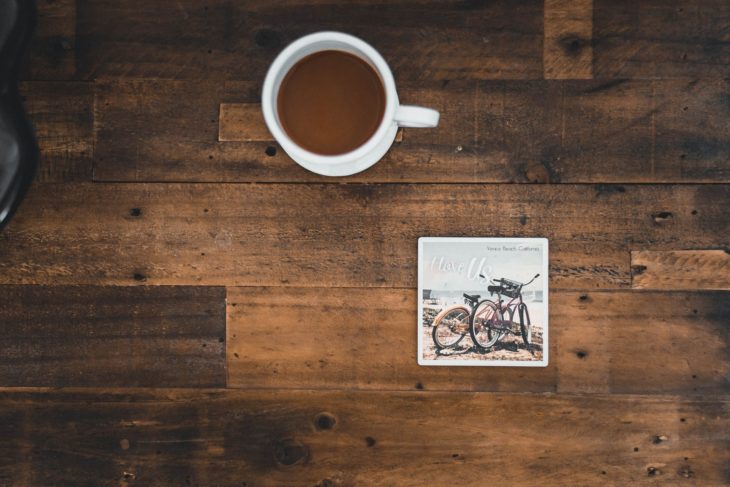Your Guide to Sustainable American Hardwood

With more than 300m hectares of natural and robust forest land spread across its 50 states, North America is almost uniquely placed to provide high quality, sustainable timber. From pale, golden ash to rich, red cherry, the United States’ varied and vibrant biodiversity yields a whole range of timbers that differ in both look and properties – giving you endless choice when it comes to sourcing.
Whether you’re looking for exterior timber, materials for woodworking, or durable wood for interiors and joinery, there’s an American hardwood for every need. Take a look at our guide below to find out everything you need to know…
Distribution
Naturally occurring forests can be found all across the United States but the majority of hardwood forests range from the northeast to the southeast coast and in the northwest. These swathes of forest support a huge range of biodiversity and wildlife due to hardwood’s ability to naturally regenerate without requiring human interference.
Sourcing, Sustainability & Certification
North America is a significantly different market from other timber-producing countries in that the vast majority of American hardwood comes from small lots of naturally-grown and family-owned forest. Unlike man-made plantations, these lots are managed using age-old traditional methods and preserved for wildlife and recreation, with each lot only felling perhaps one or two trees per year and, even then, only when they’ve reached maturity. The timber is then collected along with produce from the hundreds of other lots in the area to make up that region’s output.
This manner of forest management often means that American hardwood can come without formal environmental certification, as it is extremely challenging for such small and non-commercial lots to gain certification. However, this natural and non-invasive way of managing the forest actually means that American hardwood is some of the most sustainable and ethical timber available. Hardwood forests in the United States have actually increased in size over the past few decades as the trees are growing at a faster rate than they are harvested.
How to Choose American Hardwood
Since it is naturally occurring, American hardwood is largely slow grown, meaning that the timber is often more dense, strong, sound and stable than species from plantations. However, the similarities between different types of American hardwood end there; the huge range of climates and ecosystems across the United States means that the hardwoods sourced there can be as dissimilar and as varied as if they were from different countries.
You can find out in depth information about each of the American hardwoods we supply on our species pages, but here’s a quick guide to each of their properties and uses:
Ash
Light gold to white in colour, ash is an attractive and easily workable wood with good strength and shock-resistant properties that make it highly suitable for use in flooring, furniture and other indoor joinery.
Cherry
Famous for its rich red heartwood, cherry’s attractive finish and excellent workability make it a favourite for woodwork, carving, turning, and the creation of high-end luxury items.
Hickory
Perhaps best known for its smoking properties, hickory is actually one of the most strong, tough, hard, and stiff timbers on the market. While this can make it difficult to work, once finished it performs excellently under strain and is therefore perfect for use in high-traffic flooring, ladders, tool handles and sports equipment.
Maple
Known for its world-famous syrup, maple is also favoured for interior use due to its strength, excellent workability, outstanding finish and beautifully unusual characteristic grain.
Red Oak
Widely used in construction and interior joinery, red oak produces hard and heavy timber which is particularly suited to steam bending. Don’t be fooled by the name though, red oak is not named for the colour of its wood but for the colour of its leaves in autumn.
White Oak
Similar to European oak, North American white oak is light coloured with longer rays than its red cousin and therefore a much more beautiful figure. White oak’s excellent durability and resistance to decay makes it ideal for external use and it can be found anywhere from construction sites to timber bridges and railway sleepers.
Tulipwood
Light yellow to olive green, this unusually coloured wood is extremely easy to work and therefore often used for mouldings, turning, and carving. Tulipwood also takes paint, stain, and enamel beautifully, making it well-suited to use in furniture, cabinets and doors.
Walnut
Famous for its rich, dark cast with sometimes purple streaking, walnut’s beauty is equally matched by its toughness and durability. Walnut’s dark colours are often used to contrast with lighter timbers so it can often be found in high end furniture and panelling.
Like to Know More?
If you’d like to learn more about the diverse range of American hardwood we stock and why it could be the perfect material for your next project, speak to one of our timber experts today on 01206 233 100 or drop us a line via our contact form.
Guides | 8 years AGO